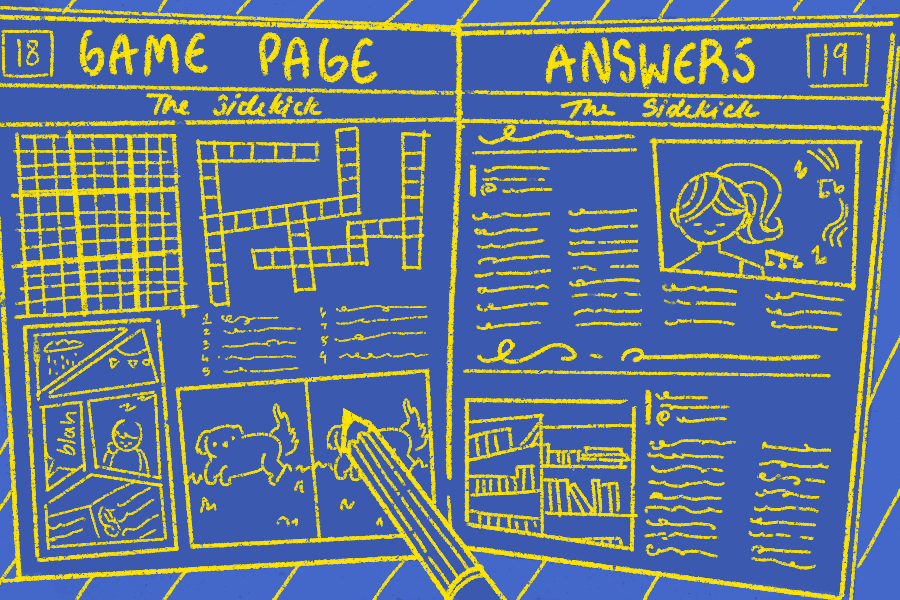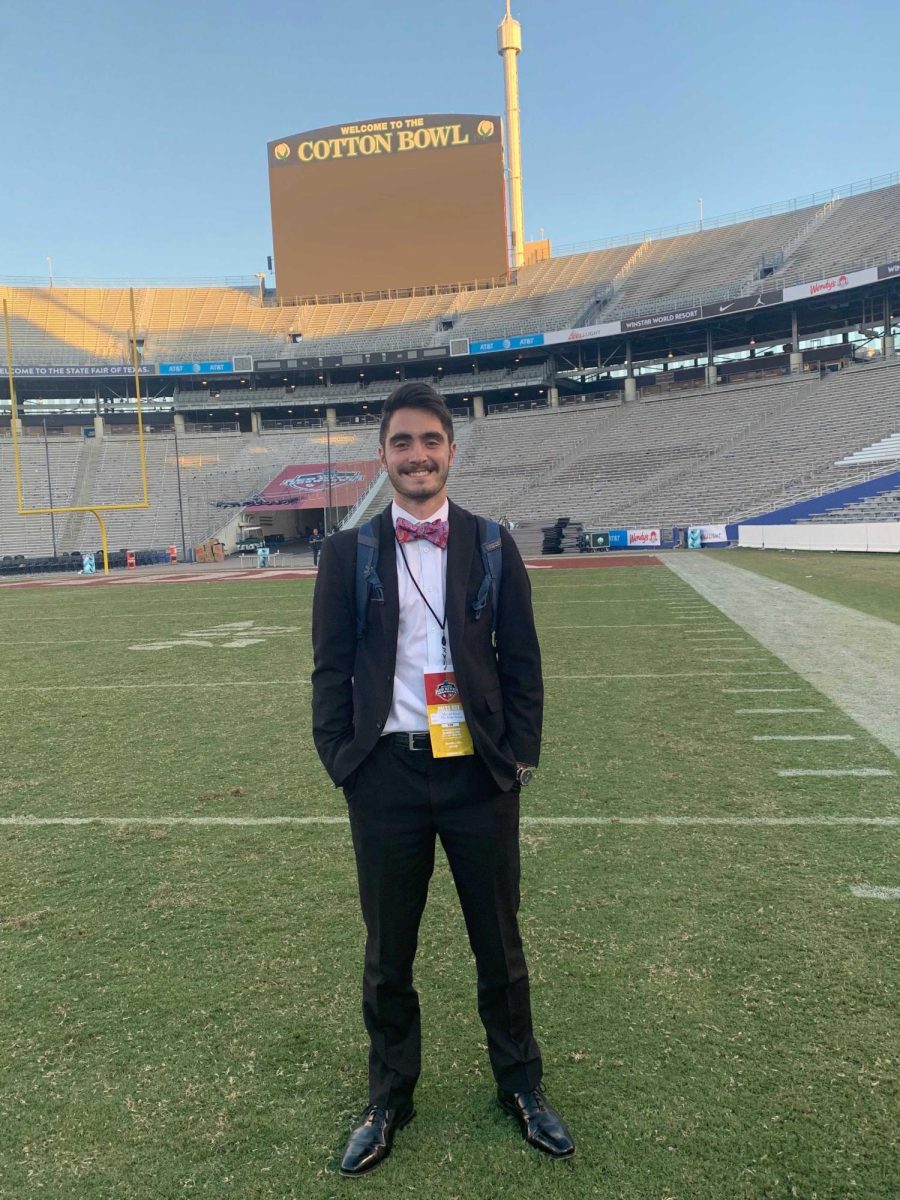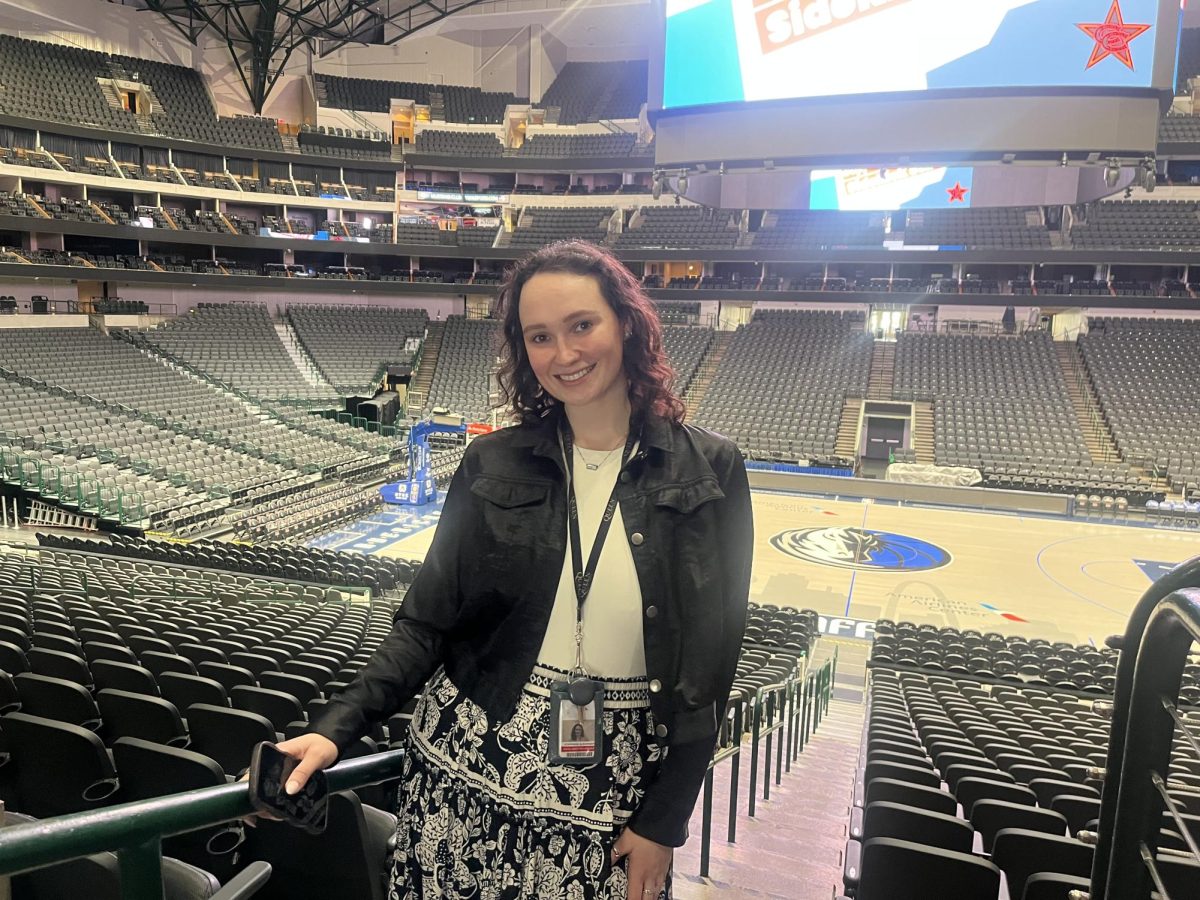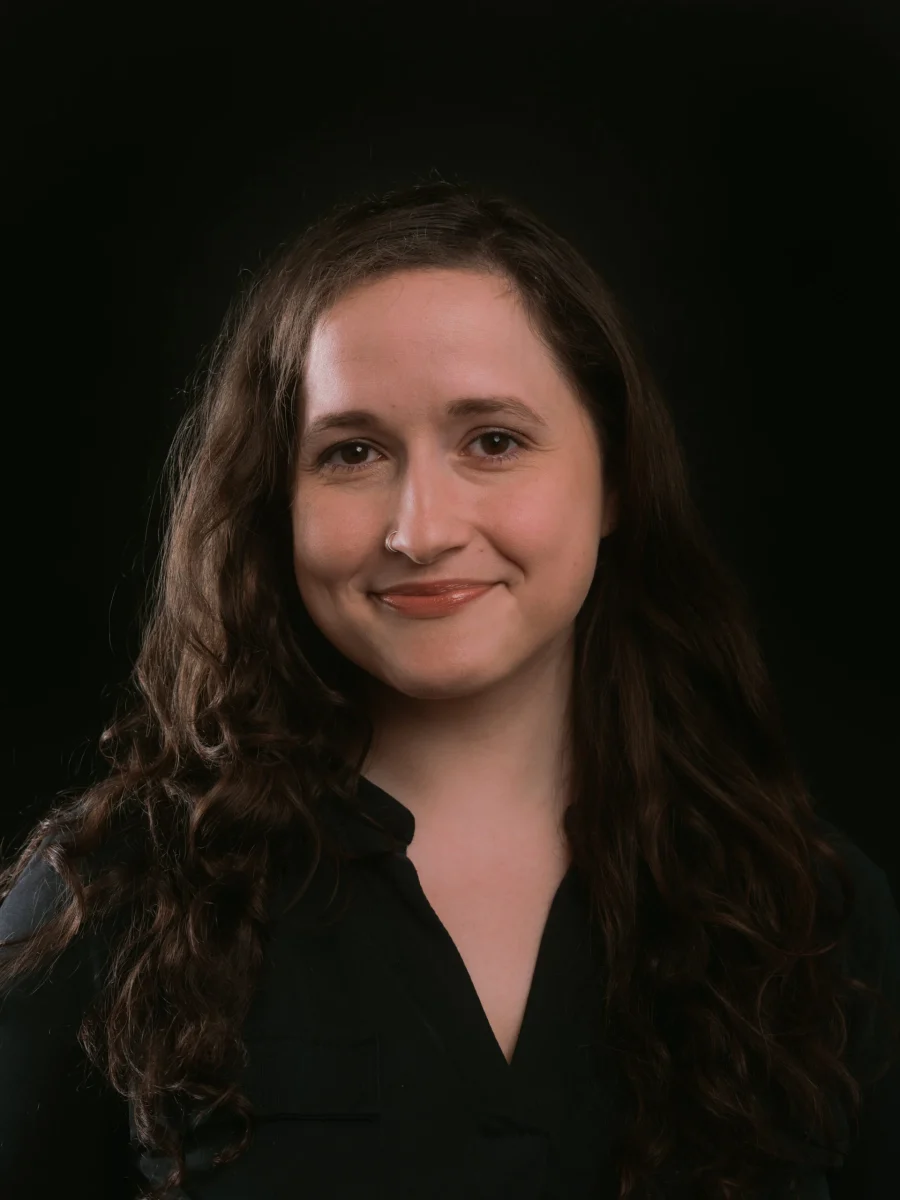By Michelle Pitcher
Editor-in-Chief
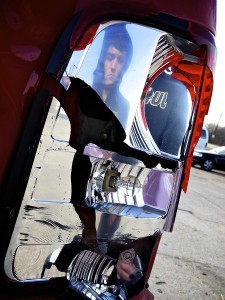 It was Christmas night 1999 and a crowd had gathered on Belt Line Road around a fiery crash. Two were dead, and one family would be changed forever.
It was Christmas night 1999 and a crowd had gathered on Belt Line Road around a fiery crash. Two were dead, and one family would be changed forever.
Students are told from the time they are able to drive about the dangers of driving under the influence of alcohol and other drugs. They are told not to drive drunk, not to ride with a drunk driver and never to let someone they know get behind the wheel after consuming alcohol. One Coppell family learned firsthand the full extent of the effects of drinking and driving.
The Sims family was driving home from Arlington after Christmas dinner with family. Three-year-old Elizabeth sat in her car seat singing along to the worship CD that was playing through the speakers. Her 13-month-old brother, Nathan, sat next to her in the backseat in his rear-facing car seat. The weather was nice as their father, Jerry, drove down Belt Line Road. They were about a mile away from home. The kids’ mother, Sara, who was sitting in the passenger seat, saw headlights in the distance.
As the family drove home that night in their Ford Expedition, a 19-year-old Coppell High School graduate driving a Dodge Neon was headed in the other direction down the two-lane road. He and his 21-year-old female passenger were both under the influence of alcohol. As the Neon veered into the wrong lane, the two cars collided. The drunk driver and his passenger were both killed.
“The very first thing I did was put my hand over to see if Sara was OK, and I felt the broken [femur],” Jerry Sims said. “I knew right then that it was bad. The kids were screaming in the backseat, and I was torn.”
About a half dozen cars stopped to offer help, according to Jerry Sims. One of the drivers who stopped was a male nurse, and he took Sara out of the car and checked for injuries. Jerry then took the kids away from the scene. As he ran up the road with Elizabeth in his arms, a woman called out and said she would look after her. He entrusted this woman with his daughter and went back to the car to try to figure out what exactly was going on.
“I went back 15 minutes later, and Elizabeth was playing with a puppy and laughing,” Jerry Sims said. “None of these were people that we knew or ever met again. There were a lot of miracles that night.”
Elizabeth and Nathan were taken to Children’s Medical Center in Dallas to have their bumps and bruises looked at, and Sara Sims, who bore the brunt of the trauma, went to the adjacent Parkland Medical Center. She sustained five broken bones: a broken femur, which required two surgeries, three broken ribs and a broken hand.
Sara Sims’ parents, Clyde and Betty Reed, as well as their son Craig Reed, who is a priest, went to meet the family at the hospital. Once there, Clyde and Craig went to be with the kids, while Betty went to care for her daughter.
“Elizabeth was kind of quiet and big-eyed,” Clyde Reed said. “She sat on my lap and just kind of clung to me for almost an hour. It was obvious that there was something going on in her mind.”
After Sara Sims stabilized, the kids’ grandparents took them back to their home, where they stayed until their mother was released from the hospital. Clyde and Betty did not realize the accident had involved a drunk driver until they read about it in the newspaper.
“The way it was written up in the paper almost made it seem like Jerry was at fault, and that was upsetting,” Betty said.
As the dust from the crash began to settle, the Sims family was saddled with growing debt, medical issues and the emotional stress of being involved in an accident that led to two fatalities. Despite these struggles, the family decided not to hire an attorney to deal with the lengthy legal process ahead.
“We thought that they had suffered enough,” Jerry Sims said. “Everyone involved had insurance, so we figured we would let the insurance take care of it and not get an attorney involved.”
A year and a half after the accident, before the statute of limitations was up, the Sims family decided to contact the families’ insurance companies, seeking monetary assistance after Sara Sims’ second surgery. After being met with hostility and negligence from these companies, Jerry Sims decided to hire an attorney, a decision that extended the legal process for more than a year.
“They were treated, in my opinion, rather shabbily by the insurance companies,” Clyde said. “There was a lot more sympathy and credit given to the two people who died than the Sims family, which was picking up all the pieces because of the accident.”
Once the legal matters were settled, Jerry and Sara Sims were left to deal with the emotional effects the accident had on their family. After a long period of deliberation, they decided not to contact the families of the two people who died in the accident.
“We talked about it a lot, especially when we wound up having to get an attorney involved,” Jerry Sims said. “We never got the chance. Our attorneys told us not to contact them, and our families told us not to contact them.”
Elizabeth, who is now a junior, was having difficulty coping with the sights she witnessed after the accident. For several years after the crash, she would not let her parents light fires or burn candles because the memory of the blazing car was still too vivid.
“When I was little, I remembered a lot more based on what my parents have told me,” Elizabeth said. “But now all I really remember is the fire, and it’s kind of a fuzzy image. Fortunately a lot of the more graphic details have been blocked from my memory now.”
Jerry and Sara Sims decided not to suppress any of their thoughts or feelings about the accident. They wanted to talk it through with Elizabeth before any long-term emotional damage could begin to take root.
“A counselor came to talk [me and my brother] through and see where we were,” Elizabeth said. “It was about a year after the accident had happened. My parents talked it through with me to the best of their ability. Since then, I’ve asked questions and kind of figured out what went on at the time.”
Even with the counseling and a trip to a therapist to work out her trust issues, Elizabeth believes the accident had a lasting effect on her personality.
“I’ve always been an independent person, and I think a lot of that is because I had to take care of myself during that time,” Elizabeth said.
As Sara Sims recovered, she was forced to use a walker for several months due to her broken femur. Nathan, who was just learning to walk at the time, would hold on to his mother’s walker and walk alongside her. Aside from helping her son learn to walk, she was unable to do much to care for her children.
“Sara could not take care of her 1-year-old who still needed his diapers changed and needed to be hugged and picked up and loved by mom, but she couldn’t do it,” Betty said.
With time, Sara Sims recovered and was once again able to care for her children. She even went on to run three marathons after the rod was taken out of her leg.
“My legs could have very easily been crushed,” Sara Sims said. “I healed very quickly. I was given the chance to walk and run, so I took it.”
The tragedy, Jerry Sims believes, centered them as a family and gave them more perspective.
“We were blowing and going at the time,” Jerry Sims said. “I was very focused on my career. We were just kind of doing the Coppell thing, trying to overachieve. It reminded us of what was important.”
As the Sims family healed with time, the story of their pain grew more and more pertinent.
“It’s a teachable moment,” Sara Sims said. “You don’t ever want to be in a situation where you have caused something like that. It’s given us a lot of opportunities to teach our kids how to be better drivers. We try to teach other kids as well when we have the opportunity to speak to a youth group or to students.”
Coppell High School has historically been vigilant in its efforts to discourage students from drinking and driving. Every two years, the junior and senior classes put on the Shattered Dreams program, which reinforces the idea that tragedy can happen to anyone at any time. For the Sims family, however, the reminder to not drive under the influence comes more often than every other year.
“There’s really not a week, or even a day, that goes by when you don’t think of it in some aspect,” Sara Sims said. “I’ll be driving through town and see the cross and wreaths that hang on the fence where the accident happens, and it’s a constant reminder.”
It is not enough for students to make wise decisions about their own ability to drive safely; the Sims family discovered firsthand that remaining aware of the possibility of drunk drivers being on the road is just as important, as anyone can be affected at any time.
“It’s amazing how quickly things can change,” Sara Sims said.
A family of four on the way home from a holiday dinner can be disrupted forever. Two young lives can be lost because of one poor decision. Spreading awareness of the dangers of drinking and driving, it seems, must be a constant pursuit.
“They try to tell you that it’s done and over with, but something like that is never done and over with,” Sara Sims said. “It’s something you live with for the rest of your life.”



